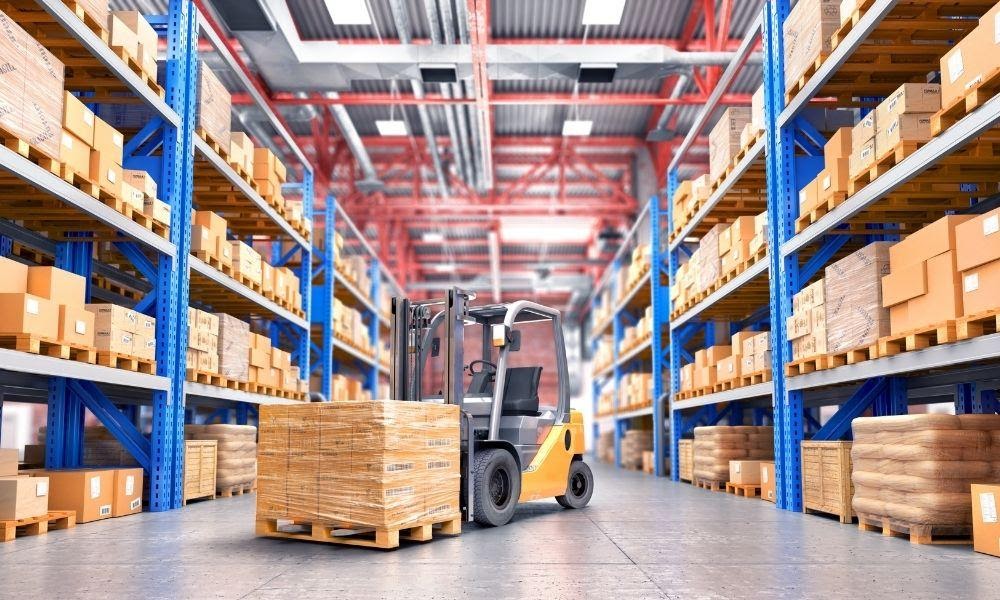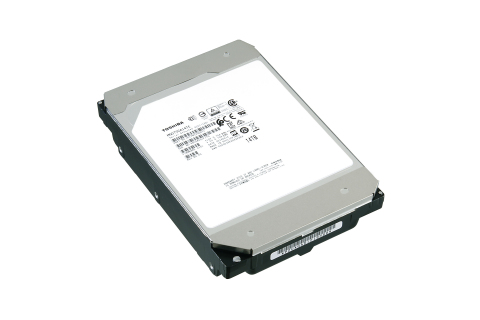Tips for Extending a Forklift’s Lifespan

Forklifts don’t last forever, but they can deliver great, reliable performance for a long time. However, in the wrong hands, a forklift’s lifespan can diminish quickly. To ensure you’re making the most of your machine, read these tips for extending a forklift’s lifespan.
Make Maintenance a Main Priority
One of the best ways to make forklifts last longer is conducting routine repairs, replacements, inspections, and other general upkeep. Common forklift upkeep includes oil checks, tire replacements, fork replacements, battery cleaning, and air filter cleaning.
The best form of preventative maintenance is daily pre-shift inspections. Before forklift operators can begin their work for the day, they must conduct visual and hands-on inspections to ensure everything is working properly. During the inspection, operators get the chance to spot issues such as chunking tires, fluid leaks, or bent forks so they can find a swift solution, avoiding major workplace accidents in the process.
Plus, maintenance extends a forklift’s work cycle more than a couple of months—it can add years to the lifespan of certain components. For example, an electric forklift battery’s average lifespan is around five or six years. However, routine maintenance can boost that battery’s lifespan to a decade. When it comes to helpful tips for extending a forklift’s lifespan, one of the most fundamental is conducting maintenance.
Take Care of the Tech
Even if all the right maintenance protocols are in place, operators must use their forklifts carefully. Bumping into walls, overloading forks, and driving too fast are just a handful of examples of poor forklift habits. Not only will these habits diminish a forklift’s performance, but they can also cause dangerous workplace accidents such as collisions or tip-overs. Sending new operators through OSHA-compliant training and certification courses is more than a formality; it’s a crucial step to ensuring employees use the machine responsibly.
However, employers play a key role in proper equipment use. Not only must employers supply a suitable training course, but they must also monitor employee performance regularly. That way, they can prevent equipment damage and employee death or injury from occurring under their watch. Plus, businesses must buy the right forklifts for their workplace.
For instance, forklifts with cushion tires can’t maneuver over uneven terrain, but solid pneumatic tires can. Even the different forklift fuel sources have restrictions regarding where you can use them. Suffice it to say, if you ever find yourself buying a forklift, make sure every component is right for your specific workplace needs and conditions.





